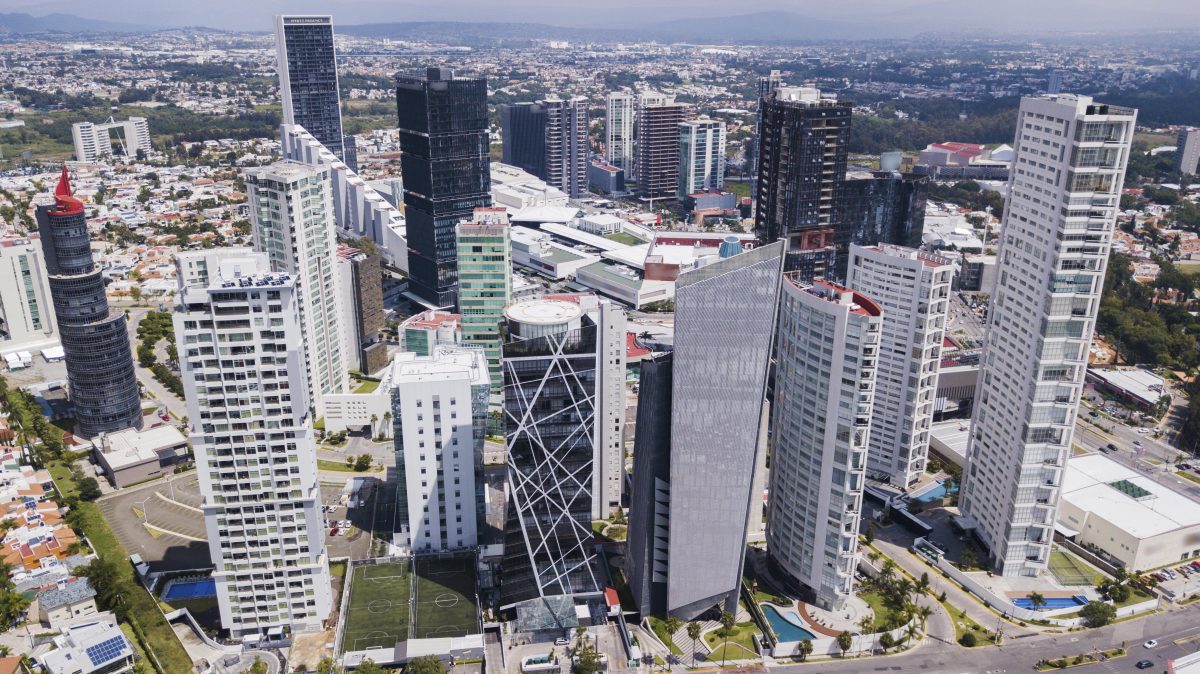The U.S. Department of Homeland Security (DHS) reports that 2020 inbound immigration for the Fiscal Year (FY) First Quarter saw over 117,000 foreign nationals enter as new arrivals. This number is the same as the FY 2019 First Quarter figure.
Table 1B in the report shows 6,839 new arrivals in the employment-based preferences category. This total is further delineated by several employment-based classes, including:
| First: Priority workers | 493 |
| Second: Professionals with advanced degrees, exceptional ability | 1010 |
| Third: Skilled workers, professionals, and unskilled workers | 3537 |
| Fourth: Certain special immigrants | 589 |
| Fifth: Employment creation (investors) | 1210 |
The U.S. Department of Labor (DOL) issues labor certifications for both permanent and temporary employment of foreign workers under several programs:
- Permanent Labor Certification
- H-1B Specialty (Professional) Workers
- H-2A Temporary Labor Certification (Seasonal Agricultural)
- H-2B Temporary Labor Certification (Non-agricultural)
- D-1 Crewmembers Certification
Foreign workers hired under these programs represent a portion of the new arrivals for employment-based preferences in the 2020 inbound immigration figures reported by DHS.
2020 Inbound Immigration: Countries of Origin
New arrivals in the employment-based preferences are part of the category of “Lawful Permanent Residents.” DHS notes that thirty-seven percent of new lawful permanent residents arrived from six top countries of origin:
- Mexico
- People’s Republic of China
- Vietnam
- The Dominican Republic
- India
- The Philippines
According to the Migration Policy Institute (MPI), immigrants from Vietnam usually arrive to the U.S. through family reunification, not through employment channels. The same holds true for immigrants from the Dominican Republic.
By comparison, MPI notes that Chinese nationals received the second-largest number of H-1B visas in FY 2018, after Indian nationals. For Indian nationals, MPI reports that nearly half of the immigrants from India obtained lawful permanent residence through employer sponsorship.
2020 Inbound Immigration to the U.S. from India: Where are the Employment Centers?
The top 5 states where more than half of the 2020 inbound immigration from India reside are:
- California
- New Jersey
- Texas
- New York
- Illinois
The top 4 counties that serve as destinations for 2020 inbound immigration from India are:
- Santa Clara County, California
- Middlesex County, New Jersey
- Cook County, Illinois
- Alameda County, California
The two counties in California comprise the bulk of Silicon Valley. Cities in Santa Clara County include San Jose, Mountain View, and Palo Alto. Alameda County includes the Bay Area cities and towns across the bay from San Francisco: Berkeley, Oakland, Hayward, Fremont, and Pleasanton.
Middlesex County in New Jersey includes the cities and towns of Edison, Woodbridge Township, New Brunswick, Sayreville, and South Amboy. This county is known for its long history of innovation.
Cook County in Illinois includes the cities and towns of Chicago (a high-tech hub), Evanston, Schaumburg, Des Plaines, Oak Lawn, Orland Park, and Elk Grove Village. Chicago is the third largest city in the nation.
According to MPI, immigrants from India have a much higher educational attainment compared to other immigrants and the U.S. population as a whole. This is due to how they enter the U.S.: either as international students, or as H-1B visa workers at jobs requiring a university degree. For FY 2016, immigrants from India accounted for 74% of the H-1B visa petitions (both initial and continuing employment) approved by the U.S. Citizens and Immigration Services (USCIS).
New National Education Policy in India Focuses on Technology
India’s Union cabinet has proposed significant changes to the country’s national education policy. The goal is to align education to the requirements of today’s workforce and employer needs. The policy recommends that education include teaching coding in school from the sixth standard onward. Ultimately, the policy aims to impart mathematical thinking and an interest in scientific topics in students. This trend has impacted 2020 inbound immigration from India.
The national education policy is being revamped to further align with India’s Sustainable Development Goals (SDGs). The SDGs were adopted by United Nations member countries in 2015 to serve as a call to action to eliminate poverty, protect natural resources, and bring prosperity and peace to all by the year 2030. SDGs aim to transform the world and strengthen universal peace.
What Does 2020 Inbound Immigration Mean for Employers?
Employers should learn about the current immigration trends and how they might impact their future ability to hire foreign nationals. While India has seen much success as the nation works to reach their SDGs, many other nations are also investing in education.
Also, several nations are pursuing significant educational reforms, including:
- Mexico
- Pakistan
- Papua New Guinea
- Poland
- Vietnam
This may lead to greater competition from foreign nationals of these nations for immigration to the U.S. and the many opportunities this presents to them and their family members.
Where Can Your Company Get Help to Leverage 2020 Inbound Immigration?
Global Mobility Solutions has a team of global relocation experts who can help your company understand how to leverage immigration trends to benefit your talent acquisition and relocation programs. Our team’s knowledge and access to visa and immigration resources is unparalleled in the industry. We have helped thousands of companies navigate the U.S. visa program and H-1B visa lottery process reach successful results.
Conclusion
Global Mobility Solutions’ team of global relocation experts has helped thousands of our clients understand how to attract and hire the best candidates for job openings. Our team can help your company learn how to leverage visa programs and other creative solutions to hire foreign nationals. As a result, your company will have greater success with corporate objectives and be able to benefit from 2020 inbound immigration.
GMS was the first relocation company to register as a “.com.” The company also created the first online interactive tools and calculators, and revolutionized the entire relocation industry. GMS continues to set the industry pace as the pioneer in innovation and technology solutions with its proprietary MyRelocation® technology platform.
New SafeRelo™ COVID-19 Knowledge Portal
GMS recently launched its new SafeRelo™ COVID-19 Knowledge Portal featuring a number of helpful resources including:
- Curated selection of news and articles specific to managing relocation programs and issues relating to COVID-19
- Comprehensive guide to national, international, and local online sources for current data
- Program/Policy Evaluation (PPE) Tool for instant relocation policy reviews
Contact our experts online to learn more about how your company can benefit from the 2020 inbound immigration to the U.S., or give us a call at 800.617.1904 or 480.922.0700 today.


